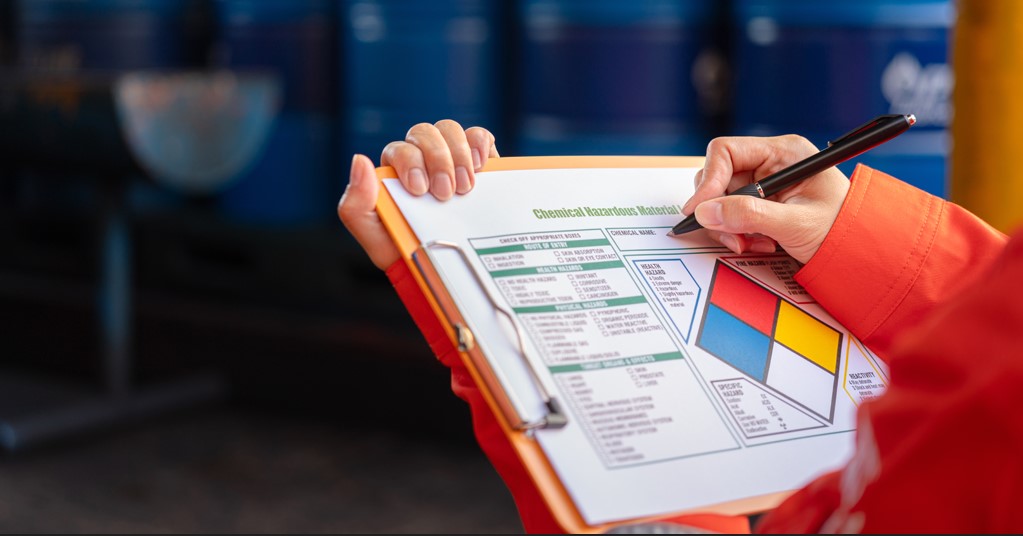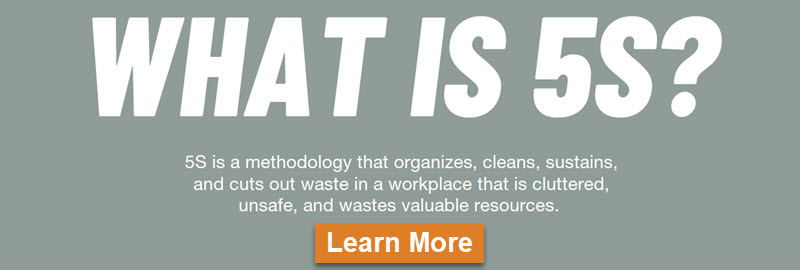
Your Source for Answers to the Top 5 NFPA Questions

The National Fire Protection Association (NFPA) is widely known as a codes and standards organization with a mission to help save lives, prevent fires – including electrical, and reduce loss. With 300 different codes and standards, NFPA provides others with information and knowledge to work safely in an ever-changing environment.
Although NFPA is frequently used in industrial, commercial, and institutional facilities that manufacture, process, use or store hazardous materials, there are commonly asked questions about it.
Here are answers to popular questions about NFPA:
Q: What do the numbers and colors on the NFPA 704 diamond represent?
A: The level of severity is represented by the numbers zero through four and/or a special hazards symbol. The number zero indicates the minimal hazard, whereas the number four indicates the most severe hazard. The type of hazard is indicated by four specific colors. Below is a breakdown of the Hazardous Materials Classification.
- Blue = Health Hazard: 4 = Deadly; 3 = Extreme danger; 2 = Hazardous; 1 = Slightly hazardous; 0 = Normal material
- Red = Fire Hazard Flash Point: 4 = Below 73° F; 3 = Below 100° F; 2 = Below 200° F; 1 = Above 200° F; 0 = Will not burn
- Yellow = Instability: 4 = May detonate; 3 = Shock and heat may detonate; 2 = Violent chemical; 1 = Unstable if heated; 0 = Stable
- White = Specific Hazards: The special hazards symbols approved by NFPA 704 are as follows: – W (use no water), OX (oxidizer), and SA (simple asphyxiant). Several commonly used non-standard symbols are ACID, ALK, COR, and the Radiation Hazard symbol.
Q: Where do I find the required information for the NFPA 704 sign or label?
A: A qualified person is required to locate the hazard evaluation and understand the hazard criteria by comparing data from the manufacturer-supplied safety data sheets (SDSs) to the criteria located in chapters 5 thru 8 of the NFPA 704. When the hazard rating is using multiple chemicals, a single sign can be used to summarize the maximum ratings. The information for the multiple ingredients should be obtained from the date on the SDS. If the chemical’s rating is unknown, these documents, including NFPA 704 can be located in the Fire Protection Guide to Hazardous Materials.
Q: What is the required size of the NFPA 704 sign or label?
A: The size of the NFPA 704 diamond or placard is determined by the distance at which the hazard needs to be legible. NFPA 704 recommends the minimum viewing distance of 50 feet and letter heights are as followed:
- 50 Feet Distance = 1 inch Hazard Rating Size
- 75 Feet Distance= 2 inch Hazard Rating Size
- 100 Feet Distance = 3 inch Hazard Rating Size
- 200 Feet Distance = 4 inch Hazard Rating Size
- 300 Feet Distance = 6 inch Hazard Rating Size
Q: Do I need to use NFPA 704 signs and labels at my facility?
A: The NFPA 704 requirements are applicable to industrial, commercial, and institutional facilities that manufacture, process, use, or store hazardous materials. Although NFPA 704 is essential for communicating hazardous information, it is important to note that this standard is not valid for the transportation or hazardous materials used by the general public. NFPA 704 is not appropriate for chronic exposures or for non-emergency occupational exposure.
Q: Where do I place my NFPA 704 sign or label?
A: The typical location of the NFPA 704 Diamond is on the outside of buildings, doors, and tanks. The important factor to remember is that the location of the NFPA 704 Diamond needs to be visible to emergency responders. When emergency responders are called to a fire or spill, they need to know what hazardous materials are in the area so they can follow procedures or take necessary precautions.
Local authorities have jurisdiction as to where and how many NFPA 704 diamond/placards are needed. NFPA suggests at a minimum placing signs at each access to a room or area, on two exterior walls of a building or facility, and each principal means of access to an exterior storage area. For further information and placement of NFPA 704 signs and labels, consult with your local fire authority.
Shop ComplianceSigns.com for all your NFPA hazardous material labeling!
Resources:
https://www.nfpa.org/about-nfpa/nfpa-overview
https://www.nfpa.org/assets/files/aboutthecodes/704/704-2007_faqs.pdf

